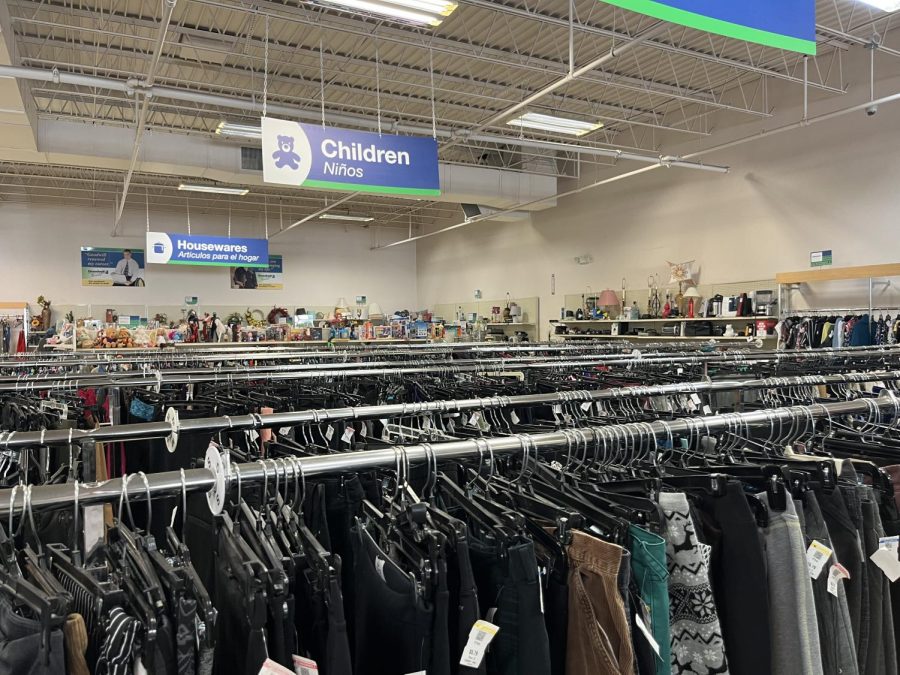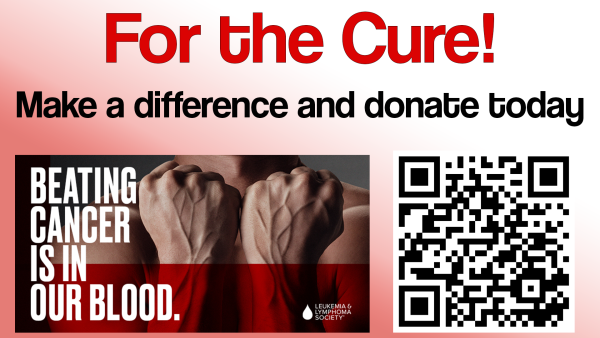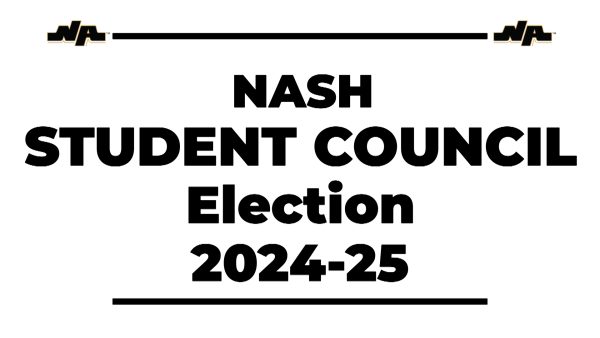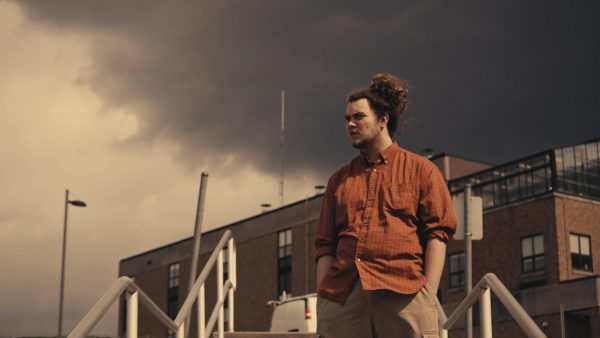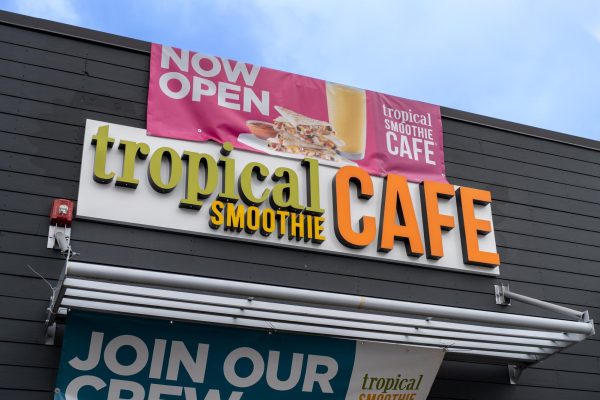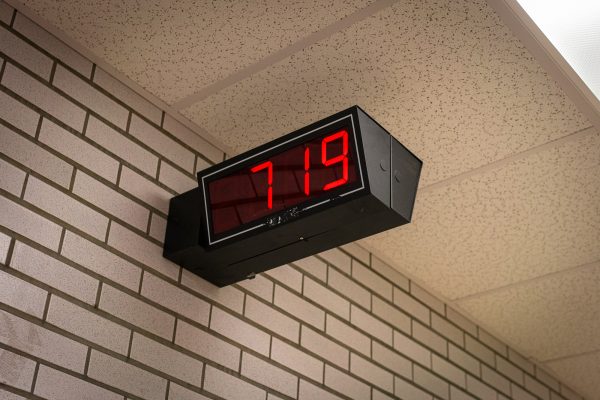Opinion: Sustainable Style
Pittsburgh is one of the best cities in the U.S. to go thrifting for clothes, and the benefits are plentiful.
Many thrift stores have a wide variety of options for their buyers.
April 10, 2023
When people think of thrifting, most dwell on the negative traits associated with it. Many believe that thrifting means questionable clothing quality for those with lower incomes; however, thrifting is a fantastic approach to preserving the planet, despite the stigma attached to it.
So what exactly is thrifting? It’s simple: Thrifting is just the act of purchasing something secondhand, whether it’s at Goodwill or from Facebook Marketplace. The internet has made it much easier for people to thrift because, with websites like Depop or Mercari, shoppers can search for secondhand goods from all over the world. It’s a great way to find vintage pieces that stores don’t sell any longer.
But thrifting has changed over time. In the 1900s, it was viewed in a more negative context, very different than how people see it today. Thrift stores were only places that people would visit if they didn’t have money to afford those big store name brands. However, the scene changed in the 90s and 2000s. Consumers began to care more about the environment, which made thrifting rise in popularity.
One reason is that thrifting is extremely cost efficient because all the clothes there are discounted. High school students look to save money on anything they can, so thrifting is a great way to do that. According to a study conducted by CouponFollow, thrifting saves around $146.70 monthly, which adds up to about $1,760.40 yearly.
Another great reason to thrift is that it’s a good way to help the environment. It’s possibly the easiest way to help reduce waste. Goodwill states that an estimated 400 gallons of water are used to produce the cotton for only one t-shirt. It also states that Americans will throw out 60 to 80 pounds of textile waste each year. Textiles take many years, even hundreds, to completely decompose in a landfill.
Thrifting is also a great way to express one’s individuality. Pieces at thrift stores are unique. Thrift stores have a wide variety of clothing and styles from different time periods. This allows shoppers to find pieces that are unique to their style that they wouldn’t find in a store.
Not to mention, everyone has accessibility to thrift stores. In the US, there are currently 26,958 thrift stores, with that number increasing every year. Compare that figure to just 1,000 remaining malls. Thrifting is especially more accessible for people in small towns, who sometimes have to drive hours to get to the nearest mall.
Pittsburgh, in particular, has a plethora of thrift stores, with over 70 thrift stores per 100 thousand people, 12th highest in the country. The city also ranks at number 7 for best cities in the country to thrift in.
Mind you, thrift shopping might not be for everyone. Some shoppers find such a big store with so many options to be overwhelming. It also can be time consuming to dig through all of the racks, which might not fit everyone’s busy lifestyles. Some people just prefer to buy new clothes and shop for certain brands and items.
Thrift shopping has numerous benefits, ranging from cost efficiency and sustainability to self-expression and accessibility, making it a worthwhile hobby. With a wide array of options here in our hometown, it is easier than ever to give thrifting a go.

